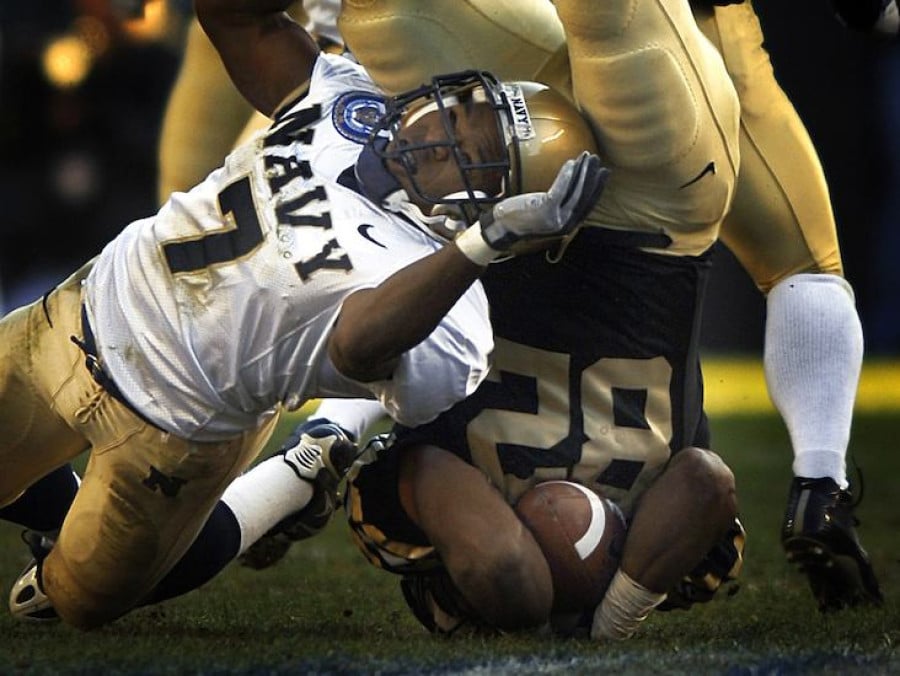Sports governing bodies and player welfare: examining the proposed NFL and NCAA concussion settlements

On July 7, 2014, Judge Anita B. Brody of the United States District Court for the Eastern District of Pennsylvania approved a preliminary settlement between the National Football League (NFL) and the more than 4,500 retired players who sued the league for hiding the dangers of concussions and repeated hits to the head.1
The highlights of the agreement, which covers the more than 20,000 retired players and their beneficiaries, includes a promise from the NFL to pay an unlimited amount of money in damages to players with certain severe neurological conditions; $765 million for cash awards, medical testing and concussion education. The settlement also allows the NFL, if it believes that the player’s claim is fraudulent, to contest an unlimited number of requests for awards by retired players, thereby potentially limiting the number of people who might ultimately receive cash awards.2
The players now have to decide whether to accept the agreement, or opt out of the settlement, which preserves their legal rights, or appeal the settlement to the United States Court of Appeals for the Third Circuit. If players do opt out, none of the former players will receive cash awards until all appeals are exhausted.This is important, because it will prevent former players without neurological damage suffered while playing football from trying to collect damages. Once the retired players have had a chance to respond to the settlement, the judge will hold a hearing, scheduled for Nov. 19 in Philadelphia, to determine whether the class of retirees has been fairly represented.3 After the players respond, it will then be up to Brody to decide whether to grant final approval and implement the court-supervised program. (https://www.nytimes.com/2014/07/08/sports/football/judge-approves-preliminary-nfl-settlement.html?_r=1)
IMPACT ON NFL
While the NFL waits for the court to finalize the settlement, it is not too early to review the impact of the settlement on the league. In summary:
- It allows the NFL to settle a potentially devastating lawsuit and even though there is no cap on the possible damages the league might be liable for, the settlement allows the league to move forward.
- The only players eligible to receive money under the settlement are those who have already retired.
- The settlement could end up saving the NFL years of protracted litigation over allegations that its executives hid or ignored evidence that concussions can cause brain damage with long-lasting health implications.
- It allows the NFL to challenge the eligibility of the players to receive cash awards, thereby protecting the league from a flood of former players without neurological damage suffered while playing football from trying to collect damages.
To continue reading or watching login or register here
Already a member? Sign in
Get access to all of the expert analysis and commentary at LawInSport including articles, webinars, conference videos and podcast transcripts. Find out more here.
- Tags: 2014 FIFA World Cup Brazil | American Football | College Sport | Governance | National Football League (NFL) | NCAA | Regulation | United States of America (USA)
Related Articles
- Concussion debate rolls on and player sanctioned for pushing referee
- NCAA college football players: Students or employees?
- Concussion awareness, crowd trouble, and European deal signed
- NFL hurting from new litigation by former players over painkillers
Written by
John Wolohan
John Wolohan is an Attorney and Professor of Sports Law in the Syracuse University Sport Management program and an Adjunct Professor in the Syracuse University College of Law. In addition to being one of the lead editors of the book "Law for Recreation and Sport Managers" by Cotten and Wolohan, John has been teaching and working in the fields of doping, antitrust, gaming law, and sports media rights for over 25 years.

 Global Summit 2024
Global Summit 2024